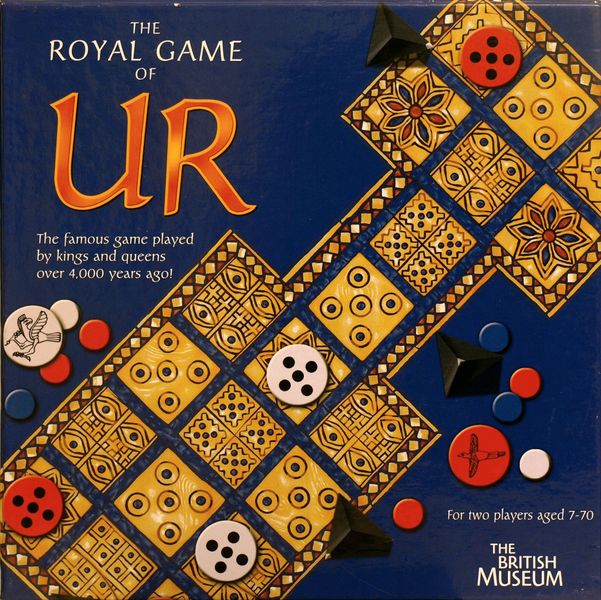The Royal Game of Ur (-2600) Board Game
The Royal Game of Ur is one of the oldest known board games, dating back to around 2600 BC in ancient Mesopotamia. It was discovered in the Royal Tombs of Ur in modern-day Iraq by Sir Leonard Woolley in the 1920s. The game is a two-player racing game that involves dice rolls and strategic movement on a grid.
Game Components of The Royal Game of Ur
How To Setup The Royal Game of Ur
To set up the game, each player places their 7 pieces on the starting squares on opposite sides of the board. The first player is determined by a roll of the die, with the higher number going first.
Gameplay Mechanics and Game Objective
Player Experience
The Royal Game of Ur is praised for its elegant simplicity and strategic depth. It is a quick game to learn but offers enough complexity for repeated play. The game combines elements of luck and strategy, similar to backgammon, making it engaging and fun for players of various ages and skill levels.
Pros
Cons
Personal Thoughts on The Royal Game of Ur
The Royal Game of Ur is ideal for those interested in historical games, strategy, and a mix of luck and skill. It’s a great filler game that doesn’t overstay its welcome and is suitable for players of all ages. For history enthusiasts, it offers a unique opportunity to engage with a piece of ancient culture. While it may not be as complex as modern board games, its simplicity and historical significance make it a compelling addition to any game collection.
We are supported by our audience. When you purchase through links on our site, we may earn an affiliate commission, at no extra cost for you. Learn more.

